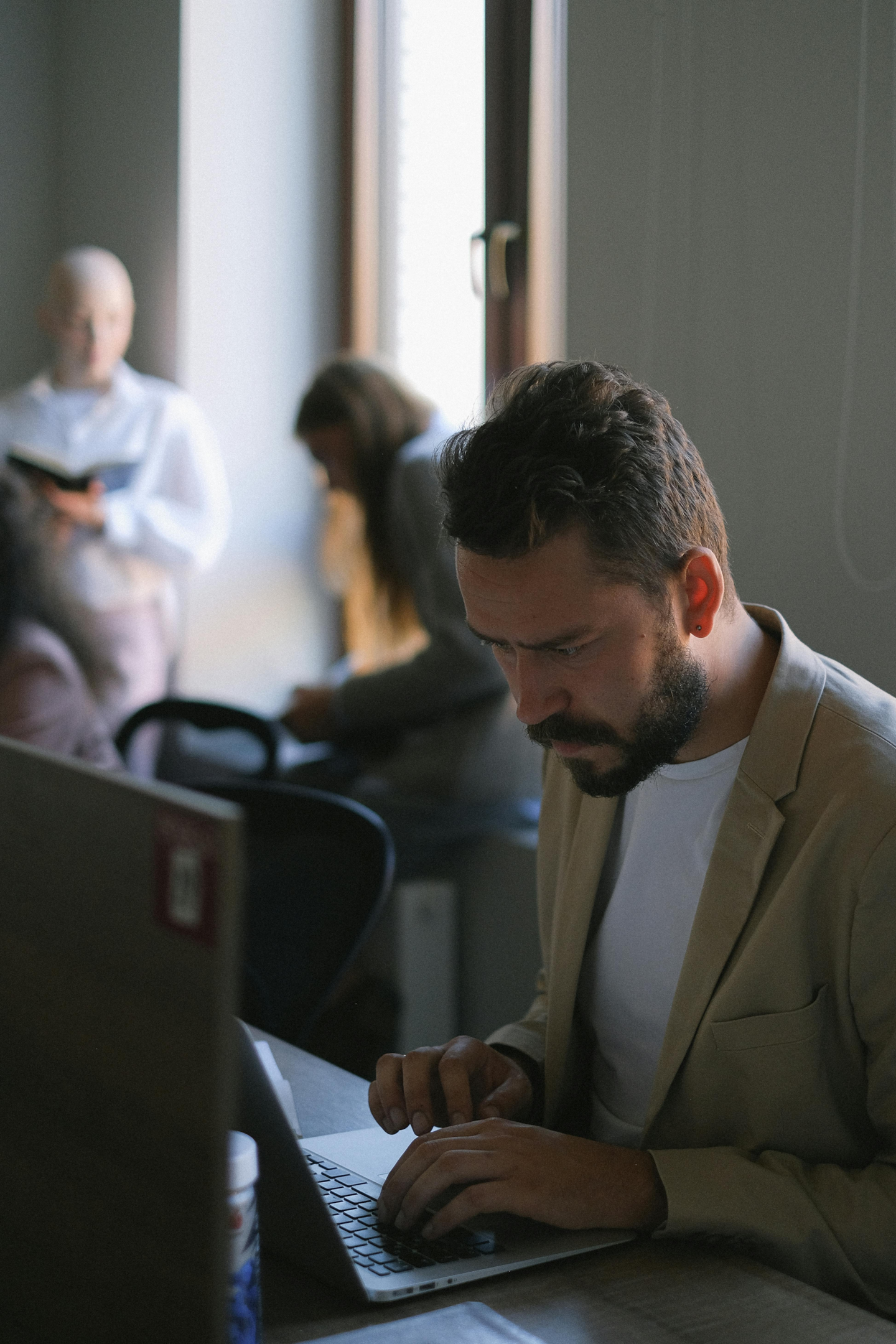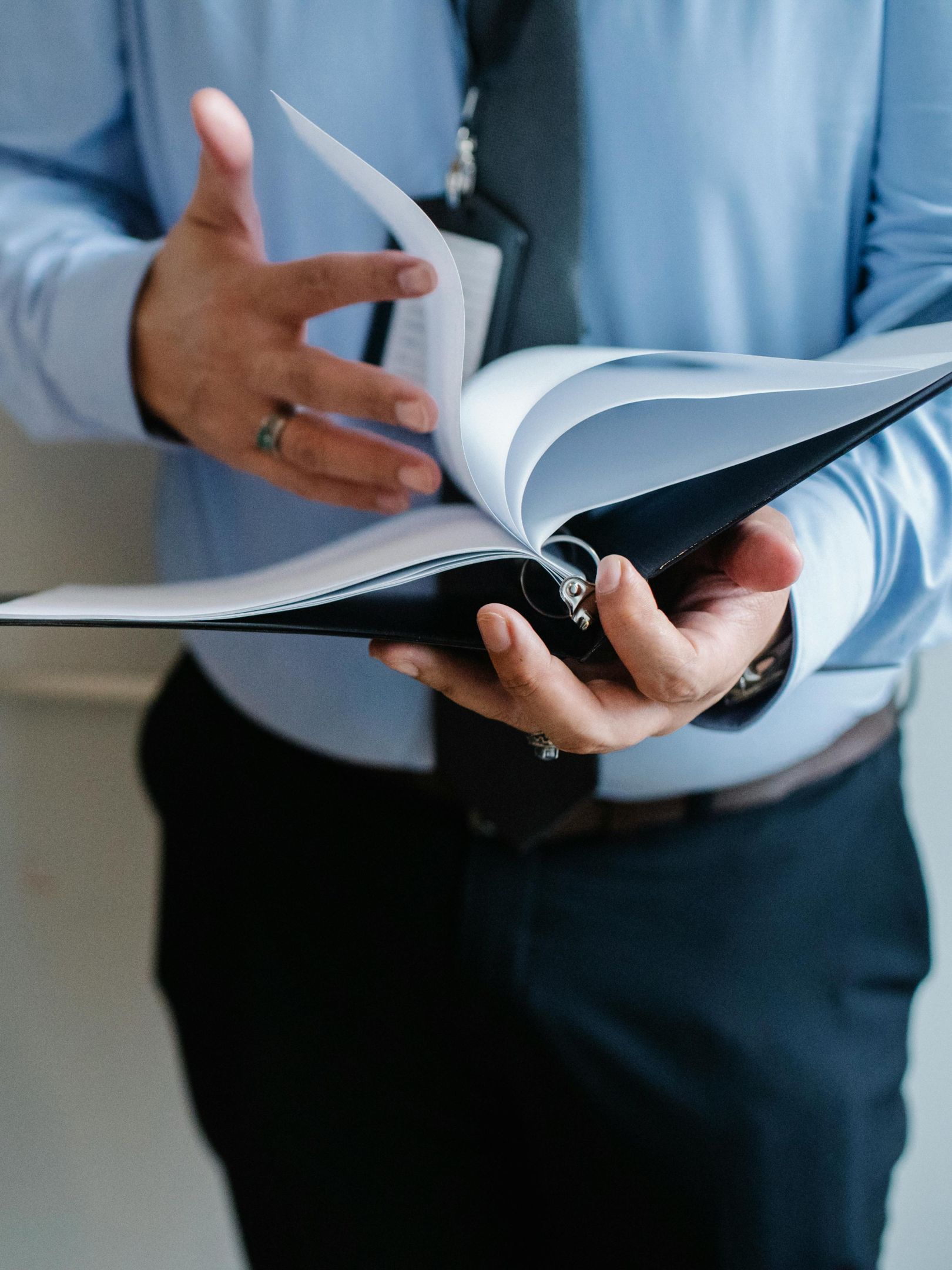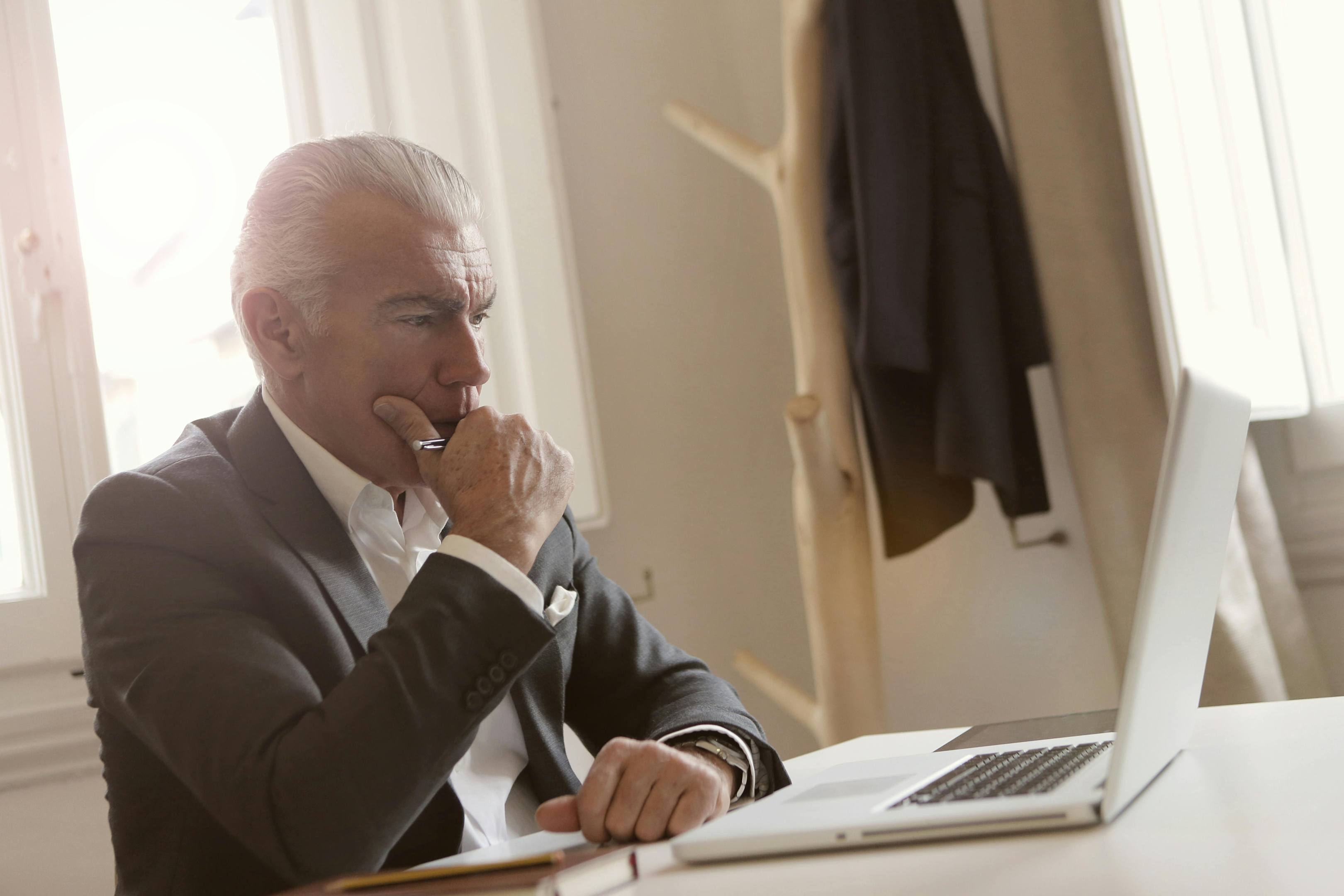Top-Rated Slip and Fall Lawyer
Talk to a lawyer for free Request a free consultation from a slip and fall attorney near you.
Overview
2025 Guide to Choosing a
Slip and Fall Accident Lawyer
If you’ve suffered a slip and fall accident, you may be facing not just physical pain, but also medical bills, lost wages, and the uncertainty of navigating a personal injury claim. A slip and fall lawyer is your advocate, equipped to prove negligence, handle insurance company tactics, and fight for the compensation you deserve. This article outlines the pivotal role of these lawyers, essential steps for your case, and how to make sure you choose the right legal aid.
Key Takeaways
A slip and fall lawyer is crucial for guiding victims through personal injury claims, identifying liable parties, and negotiating with insurance companies to ensure fair compensation for all damages, including medical expenses and pain and suffering.
Immediate documentation of injuries, gathering of evidence, and detailed incident reporting post-accident are vital for constructing a strong personal injury case and establishing negligence.
Selecting the right slip and fall attorney involves assessing their experience, track record, and understanding of fee structures to maximize the chances of a favorable outcome in the claims process or court litigation.
Understanding the Role of a Slip and Fall Lawyer

A slip and fall lawyer:
Guides victims through the murky waters of personal injury claims
Identifies all parties against whom the victim could pursue a tort claim
Provides legal representation throughout the dispute
Serves as the victim’s point of contact
Acts as a personal advocate, fighting for the victim’s rights and ensuring they get the compensation they deserve
Experienced personal injury lawyers are skilled in proving negligence, countering defenses like victim negligence, and negotiating settlements to ensure fair compensation for their clients’ losses. Navigating the complexities of personal injury claims can be daunting. Therefore, collaborating with a seasoned slip and fall lawyer, who is also a competent fall accident lawyer, can be instrumental in achieving the most favorable outcome for the victim.
Identifying Negligence in Slip and Fall Cases
Establishing negligence plays a key role in the process of a slip and fall case. But what does this mean? In essence, it involves proving that the negligent property owner knew or should have known about a dangerous condition on their property and failed to address it. This could be anything from a wet floor to a loose railing, or even poor lighting.
The concept of constructive knowledge plays a significant role in premises liability cases. It assesses how long a hazard was present to determine if the property owner should have been aware of it and taken action. For example, if a spill on a supermarket floor was not cleaned up for several hours, the supermarket could be held liable for any resulting slip and fall accidents.
Negotiating with Insurance Companies
Negotiating with insurance companies is a significant aspect of a slip and fall lawyer’s role. These companies, including the specific insurance company in question, often employ tactics to pressure victims into accepting quick, lowball settlement offers. However, a skilled lawyer can act as a buffer, handling all communication to avoid victims inadvertently saying anything that could be used against them.
Through skilled negotiations, attorneys work to secure fair compensation for clients, which includes both compensatory and, when appropriate, punitive damages. They determine a minimum acceptable settlement and advocate for a more favorable outcome for the victim. This ensures that any settlement offer not only covers immediate medical bills and lost wages but also adequately compensates for future losses.
Legal Representation in Court
In cases where a suitable settlement isn’t achievable, the slip and fall lawyer steps in to represent the client in court and manages all the legal services and proceedings. Personal injury law firms are equipped with the financial resources necessary for trials, which allows for hiring expert witnesses and ensuring a lawyer’s presence in court without financial strain.
A lawyer’s role in a personal injury case includes:
Investigating the case thoroughly
Compiling evidence
Standing as a vigorous advocate for the injured victim during the trial
Keeping clients apprised of case developments, including updates on witness information, medical treatments, and settlement offers
This transparency fosters a trustworthy attorney-client relationship.
The Impact of Slip and Fall Accidents

Slip and fall accidents can have extensive effects, influencing multiple facets of the victim’s life. Such accidents can lead to a range of slip and fall injury, some severe, that may deeply affect victims’ lives. These injuries can include:
Spinal injury
Broken bones
Vertigo
Hip fractures
Head injuries
Shoulder dislocations
Knee damage
Muscle strains
Beyond immediate physical harm, the long-term effects from injuries sustained in slip and fall accidents can include chronic pain and disability, which may drastically alter the victim’s quality of life. Moreover, these incidents can cause significant psychological distress, manifesting as anxiety, depression, or PTSD among victims.
Documenting Your Injuries
One of the first steps to take after a slip and fall incident is to document your injuries. It’s not just important for your health, but also for your claim, to seek immediate medical attention after a slip and fall. Medical records offer an objective account of your injuries and treatment, which is indispensable in personal injury lawsuits.
In addition to medical records, it’s essential to document all medical expenses incurred, as they constitute a significant portion of the economic damages you can recover in a personal injury claim. Also, maintaining a personal injury journal documenting the impact of your injuries on daily life can provide a detailed account of your experience for the lawsuit.
Understanding Compensation for Slip and Fall Injuries
To ensure you receive the compensation you deserve, it’s critical to comprehend how compensation for slip and fall injuries works. Compensation covers economic damages like immediate and future medical costs, and non-economic damages such as pain and suffering.
The severity of the injuries, whether surgery is required, and the potential long-term or permanent impact on your life, including lost earning capacity, are all critical factors that influence compensation amounts in slip and fall cases.
Compensation may include:
Medical expenses
Lost wages
Pain and suffering
Rehabilitation costs
Emotional distress
Mental and emotional injuries, such as depression and anxiety, are also recognized and evaluated when determining compensation.
An experienced attorney plays a crucial role in factoring non-economic damages into settlement negotiations and ensuring that victims receive fair compensation.
Steps to Take Following a Slip and Fall Incident

Building a strong case hinges on taking appropriate actions following a slip and fall incident. This includes:
Gathering evidence such as photos and witness statements
Creating an incident report to establish negligence
Inspecting the scene where the fall occurred to identify potential hazards that could have caused the slip and fall.
Consequently, writing detailed notes as soon as possible after the incident can be of significant benefit. These notes should describe the exact conditions at the time of the fall, including the weather, lighting, or any other pertinent details.
Collecting Evidence at the Scene
Gathering evidence at the slip and fall accident scene is a vital part of case construction. Here are some important steps to follow:
Take photos and videos of the injuries and accident scene from multiple angles to provide critical visual evidence.
Collect and preserve physical evidence immediately, such as broken handrails or spills.
Gather detailed witness statements.
To establish negligence, follow these steps:
Obtain copies of reports made by police or paramedics on the scene.
Ensure evidence is gathered promptly to avoid loss of documentation as memories fade.
Document any admission of prior knowledge of dangerous conditions by the property owner or manager.
Reporting the Accident
After a slip and fall incident, it’s imperative to report the accident to the property owner. This should ideally occur within 1-2 days of the accident to preserve the ability to recover damages. If you’re unable to file an incident report immediately due to injury, try to return to complete it within a few days.
An incident report should include the following information:
Date
Time
Location
Detailed account of the incident
Environmental conditions
Any witnesses
Descriptions of injuries and property damage
Always secure a copy of the incident report for personal records or take a photo if a physical copy isn’t available. A timely incident report provides essential documentation that can help avoid insurance disputes and substantiate your claim.
Choosing the Right Slip and Fall Attorney for Your Case

To ensure a successful claim, selecting the appropriate slip and fall attorney is pivotal. A slip and fall attorney needs to possess:
A valid law license
Professional integrity
Specific experience in premises liability law, inclusive of their success in both settling cases and taking them to trial.
Inquiring about an attorney’s track record and seeking recommendations give insights into their effectiveness and the satisfaction of previous clients, demonstrating their capability to secure favorable case outcomes. The attorney’s commitment to communication, transparency about the challenges of the case, and their approach to keeping clients informed are fundamental to building a trustworthy attorney-client relationship.
Assessing Experience and Track Record
It’s important to evaluate a slip and fall attorney’s experience and track record while making a selection. Potential slip and fall attorneys should be queried about their past track record and successes in court to assess their likelihood of success in similar cases.
The attorney’s years of experience practicing personal injury law, especially in slip and fall cases, is an indicator of their proficiency and knowledge in the field. A lawyer’s balance of trial experience and success in negotiating settlements is important, as it shows both their ability to resolve cases out of court and litigate successfully when necessary.
Understanding Attorney Fees
Comprehending attorney fees is also a key consideration while opting for a slip and fall attorney. Most slip-and-fall lawyers charge on a contingent fee basis, collecting a percentage of the compensation only if the case is successful. However, if the case is unsuccessful, clients may still be responsible for actual expenses incurred during the legal process, such as court fees and expert witness fees.
Clarifying the attorney’s policy on out-of-pocket costs can prevent unexpected financial responsibilities after the case concludes. Therefore, it’s important to discuss these matters upfront to avoid any surprises down the line.
Avoiding Common Mistakes in Slip and Fall Claims

Processing a slip and fall claim can be intricate, with individuals frequently making common errors. These include:
Attempting to navigate the legal process without consulting an attorney
Speaking directly to insurance adjusters without an attorney
Accepting early settlement offers without an attorney’s assessment.
Learning about these common mistakes can help you avoid them and strengthen your claim.
Rejecting Early Settlement Offers
A typical error by victims of slip and fall cases is to accept preliminary settlement offers without consulting an attorney. Early settlement offers may not adequately cover all potential damages, including future issues that could arise from the injury. Initial offers made by insurance companies are typically much lower than what could be obtained with legal assistance, thus careful consideration is necessary.
Rejecting an initial offer may cause insurance companies to return with a higher proposal or can be followed by a counteroffer from the injured party, seeking a more equitable amount. The prospect of litigation, signaled by refusing early offers and considering a lawsuit, can incite insurers to cease presenting lowball settlements and take the victim’s injuries more seriously.
Failing to Act Within Legal Deadlines
Failing to act within the legal timeframe is another frequent misstep in slip and fall cases. Delaying legal action after a slip and fall incident can result in missing the statutory deadline for filing a claim, which jeopardizes the victim’s right to compensation.
Waiting too long to pursue a claim can lead to loss of critical evidence, such as video footage or witness memories, weakening the case significantly. The statute of limitations sets a limited period, typically ranging from one to four years, in which a slip and fall claim must be filed, varying by the state in which the incident occurred.
Legal Options and Strategies in Slip and Fall Lawsuits
Comprehending your legal avenues and strategies in slip and fall lawsuits is key to attaining the most advantageous outcome. The choice between pursuing an out-of-court settlement or proceeding to courtroom litigation is a strategic decision that can significantly affect the legal costs and overall strategy of a slip and fall lawsuit.
When to Settle vs. When to Sue
Deciding whether to settle or litigate in a slip and fall case is a considerable decision. Settling a slip and fall claim out of court can be:
Faster
Easier
Less stressful
Can result in fair compensation if the settlement offer is just
However, if the facts of the case are disputed or contested, you might be more likely to end up in court.
Dealing with Shared Fault Scenarios
Dealing with scenarios of shared fault is another important element to contemplate in slip and fall lawsuits. Comparative negligence is a key legal concept in personal injury claims, which can influence the outcome of compensation. In ‘pure comparative negligence’ states such as New York, an injured party can still recover damages even if they are partly at fault, but the compensation is adjusted based on their percentage of fault.
Summary
In conclusion, navigating the intricacies of a slip and fall case can be a complex journey. However, with the right knowledge and legal representation, you can confidently tackle each step of the process, from gathering evidence and reporting the accident, to understanding compensation and avoiding common mistakes. Armed with this knowledge, you can ensure that if you ever find yourself in a slip and fall situation, you’re well-equipped to handle it efficiently and effectively.
Frequently Asked Questions
How much are most slip and fall settlements?
The average slip-and-fall settlement is between $10,000 and $50,000. This compensation can help cover medical bills, lost wages, and other accident-related damages.
Why are slip and fall cases hard to win?
Slip and fall cases are difficult to win because it can be challenging to prove someone’s negligence or fault for the accident, as it could be due to uncontrollable circumstances.
How long after a fall can you make a claim?
The time limit for making a claim after a fall varies by state and can range from one to six years, so it’s important to be aware of your state’s statute of limitations and act accordingly.
What is the average slip and fall settlement in Texas?
The average slip and fall settlement in Texas can vary greatly but typically ranges from $15,000 to $850,000, depending on various factors.
How much is a slip and fall case in Florida?
Slip and fall settlements in Florida can range from $45,000 to $850,000 based on typical examples.
Call Now
your slip and fall accident claim.
Call now to get started.
Table of Contents
Slip and Fall Accident Resources
Request a Call
Let's talk today.
Request a call from us Join a team that's focused on fighting for your future today.
Get a Free Consultation with
a Slip and Fall Accident Lawyer Near You
How it works
We listen to you and understand your unique situation. Then we fight for you.
-
Step 1
Reach out online or call anytime
We’re available 24/7 to help you understand your options. -
Step 2
We connect you with an attorney
Our leading network of attorneys help clients across the US. -
Step 3
Your attorney helps with your case
Your attorney will fight the insurance company. No fees unless you win.

